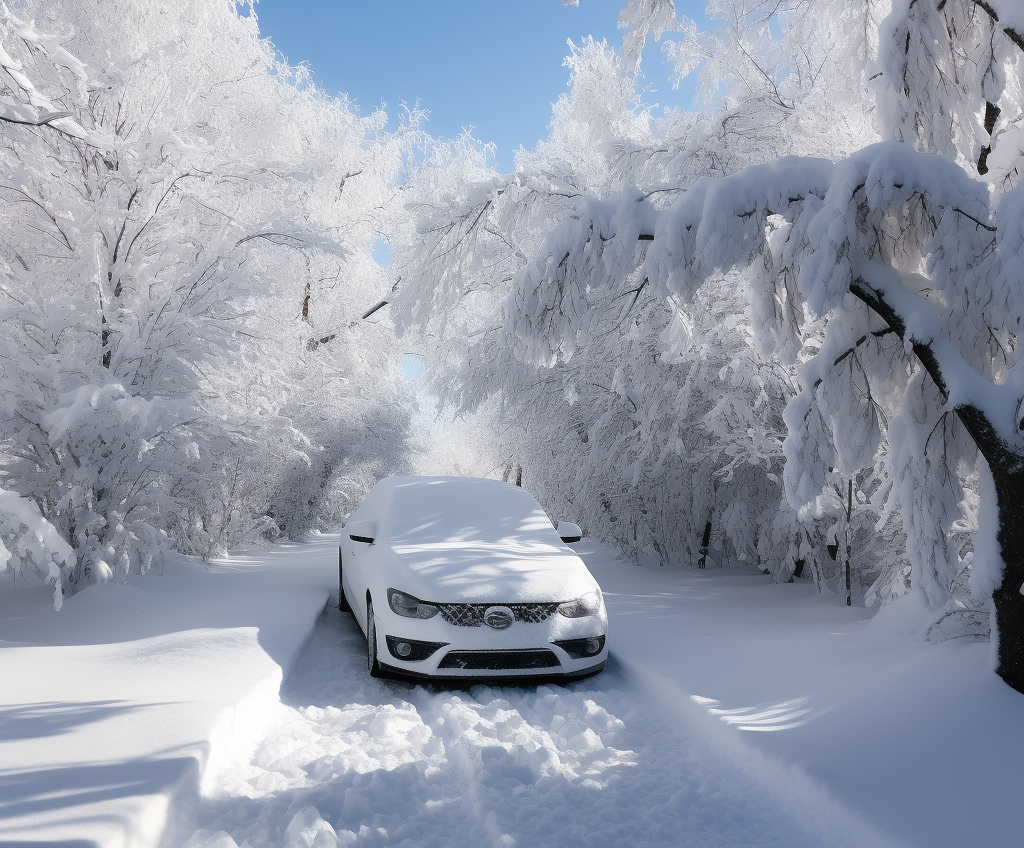Happy Winter Solstice! Here are some tips to make sure your car is prepared for the season:
First, check your tires.
Having enough tread will help make sure you are protected against slippery roads. The minimum legal tread depth in California is 2/32 of an inch, but for wet weather, it’s suggested to have at least 4/32 of an inch for better traction. Also, make sure your tires are inflated properly.
Second, replace your wiper blades.
Even if you are in Southern California like we are, it’s important to replace your wiper blades before you get stuck in a storm. (And before everyone else remembers and they sell out.) You can also switch your washer fluid to one designed for rain.
Third, check your brakes.
Get your brakes looked at by a mechanic. Braking is harder in wet conditions so make sure your brakes are in good working condition and responsive.
Fourth, test your lights.
Visibility is extra important while driving in difficult weather conditions. Check your headlights, taillights, brake lights, and turn signals to ensure they all work. Your lights help you see the road, and other drivers see you and what you are doing. Remember, the California Department of Motor Vehicles requires that you turn on your headlights if you need to use your windshield wipers due to fog, rain, or snow.
Fifth, get your battery tested.
Make sure your battery is in good condition; wet weather can add strain to your car’s electrical system. The last thing you want is to be stranded and have your battery die. Have a mechanic test your battery when you have your brakes checked, and consider replacing it if it is old or weak.
Sixth, top up your fluids.
Make sure your fluids are all at appropriate levels. Your engine oil, brake fluid, transmission fluid, coolant, and wiper fluid all help keep your car running happily.
Seventh, make sure you know how to open your garage door manually.
The winter brings many power outages. Being able to leave your house gives you extra opportunities to stay warm or grab food while you wait for responders to get the power back up.
Eighth, prep emergency services contacts.
Write down the contact information for your emergency contacts, as well as the power company and road services.
Finally, prepare an emergency kit.
It is always smart to have some emergency supplies in your car just in case. In the winter, make sure to add items to keep you warm and dry in addition to flashlights, chargers, snacks, and a first aid kit.
Written by Brynn
At CarBlip, we envision a future where car buying is synonymous with trust, transparency, and simplicity. We strive to lead the automotive industry in customer-centric innovation by evolving the car buying experience. Our vision is to be the go-to service for consumers, building relationships beyond the transaction and making every car purchase a journey of confidence, clarity, and connection.


